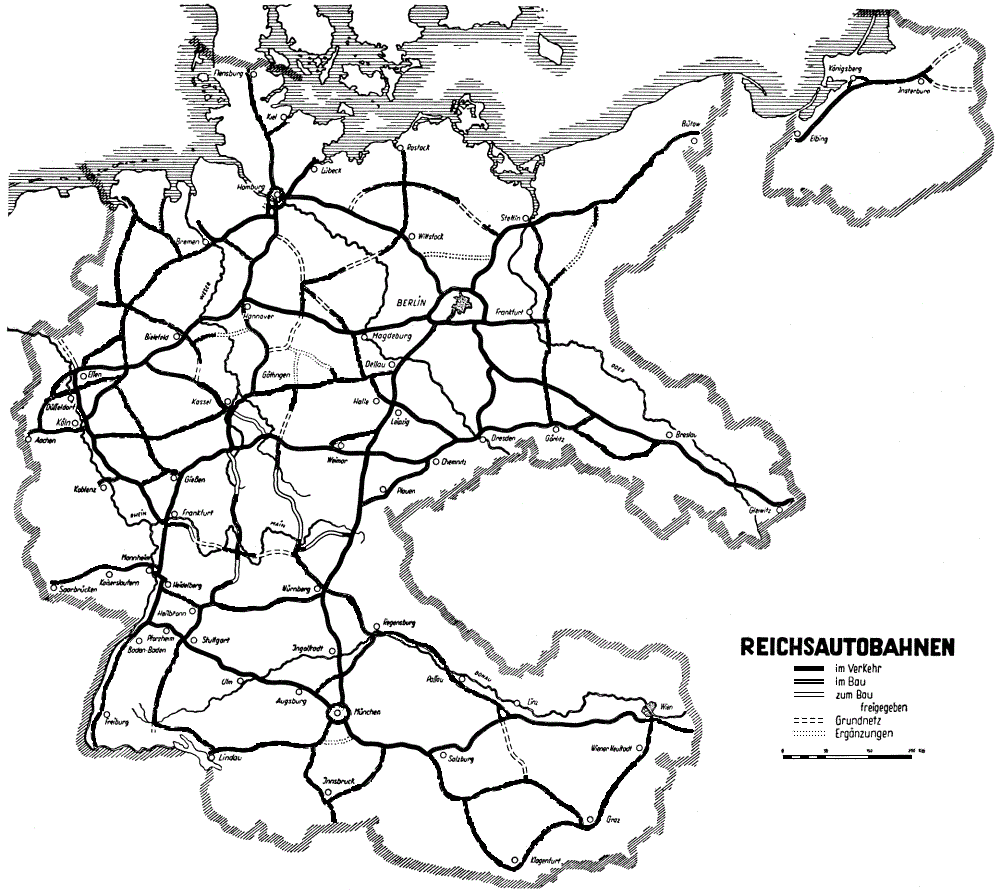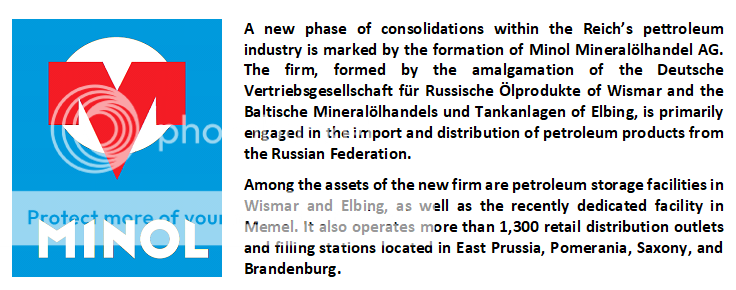Report of Trials conducted by the Army Ordnance Office for selection of a Personal Defence Weapon for Heer Personnel
The need for a personal defence weapon for Heer personnel was first identified in 1942 and brought to the fore with the decision to replace the Karabiner 37 in its present second-line use and concomitant abandonment of the 7mm cartridge. The sidearms presently in service, the Pistole 08 and the Pistole 36 are deemed to lack the firepower to offer a reasonable measure of self-defence to vehicle crews who might find themselves in direct combat in the event they must temporarily evacuate their vehicles. The Maschinenpistole 36 presently issued, while acceptable as an expedient, absorbs considerable space within the vehicles presently in service, precluding its issue to all vehicle crews. Requirements to industry were issued in November 1948, with first proposals to be submitted within sixty days, the intent being to procure a commercial off-the-shelf weapon.
Seven firms submitted technical packages for designs intended to meet the requirement; preliminary evaluation reduced the field of contenders to three, viz.: Brügger & Thomet AG, whose submission was designated MP1; Waffenwerk Suhl AG, whose submission was designated MP2; and Československá Zbrojovka, whose submission was designated MP3. Contenders were requested to submit five (5) trials weapons for evaluation. Initial field trials were conducted at Grafenwöhr in February 1949.
Evaluation
MP1 – submitted by the firm of Brügger & Thomet AG
Weight – 1.22 kg (loaded), 1.78 kg (with holster)
Length – 225 mm, 540 mm with stock
Barrel length – 140 mm
Cartridge - 9mm Parabellum
Action – Blowback
Rate of fire – 750 rounds/min
Muzzle velocity - 300 m/s
Effective firing range – 50 m (practical)/180 m (maximum with stock)
Feed system - 20 round double-stack magazine contained within the grip
Sights – Iron sights
The MP1 takes the form of a traditional stocked pistol, the phenolic resin detachable stock doubling as the holster for the weapon and its cleaning kit. It is a select-fire weapon, with semi-automatic and full automatic setting. The MP1 locks open on an empty magazine, providing the shooter with a positive indication that reloading is required.
Firing trials disclosed that in semi-automatic mode the weapon is controllable and accurate over short distances up to fifty metres. In full automatic mode the weapon climbs to the extent that firing one handed is completely uncontrollable. Use of the stock gave marginally improved accuracy in full automatic mode but under sustained rates of fire the accuracy fell off appreciably. Accuracy factors were scored marginal.
Handling trials disclosed that the phenolic resin stock/holster protected the gun in an acceptable manner. The holster can be carried on a sling from the shoulder or hung from a belt worn at the waist. Users found the length of the stock/holster when worn at the waist excessive and heavy; when slung across the body the combination snagged on numerous occasions during ingress and egress of vehicles. Ergonomic factors were scored marginal.
MP2 – submitted by the firm of Waffenwerk Suhl AG
Weight - 3.5 kg
Length - 470 mm (folding stock collapsed), 640 mm (folding stock extended)
Barrel length - 260 mm
Cartridge - 9mm Parabellum
Action - Blowback
Rate of fire - 600 rounds/min
Muzzle velocity - 300 m/s
Effective firing range - 200 m
Feed system - 20 or 32 round box magazine
Sights - Iron sights
The MP2 is a machine pistol of conventional in design save for the use of a telescoping bolt, in which the bolt wraps around the breech end of the barrel. This permits the barrel to be moved further back into the received and the magazine to be housed in the pistol grip, allowing for a heavier, slower-firing bolt in a shorter, balanced weapon. The magazine is housed within the pistol grip allowing for intuitive and easy reloading in dark or difficult conditions, under the principle of "hand finds hand". The pistol grip is fitted with a grip safety, making it difficult to fire accidentally.
The weapon is capable of firing both short bursts and full automatic. Firing the weapon with the folding stock extended disclosed that it is controllable though with the considerable recoil felt by the user. Accuracy was acceptable, with little movement of the barrel observed. This same result was the outcome whether the weapon was fired in semi-automatic or full automatic mode. However, firing the weapon without the stock extended saw it suffer from considerable climb and dispersion. Accuracy factors were scored acceptable when the stock was utilised, but unacceptable when used without it.
Handling trials disclosed that compared with the MP36 the MP2 design is lighter, shorter and far more compact. That said, the weapon cannot be carried in a holster; its size at the upper end of the scale for intended use. When slung across the body vehicle crews found that it snagged on numerous occasions during ingress and egress of vehicles. Ergonomic factors were scored marginal.
MP3 – submitted by the firm of Československá Zbrojovka
Weight – 1.44 kg
Length – 270 mm (stock folded), 517 mm (stock extended)
Barrel length – 115 mm
Cartridge - 9mm Parabellum
Action - Blowback
Rate of fire – 500 rounds/min
Muzzle velocity - 300 m/s
Effective firing range – 50 m (practical)/150 m (stock extended)
Feed system - 10 or 20 round box magazine
Sights – Iron sights
The MP3 is a true machine pistol, conventional in layout with a pistol grip, folding stock, and the magazine located forward of the receiver. It can be fired in semi-automatic or full automatic mode. It utilises a closed bolt method of operation. It can be carried in a leather holster at the belt or shoulder, from which the weapon can be easily drawn. The weapon can be holstered with the small 10-round magazine while additional 20-round magazines can be carried in belt pouches. The safety is integral with the selector switch. The weapon locks open on an empty magazine, providing the shooter with a positive indication that reloading is required.
The weapon is capable of firing both short bursts and full automatic. Firing the weapon with the shoulder stock extended found that it was quite controllable in either mode, with little muzzle climb even in full automatic. Surprisingly, even when firing the weapon one-handed there was little degradation of accuracy even in full automatic. Users reported that little recoil was felt even during full automatic firing. Accuracy factors were scored exceptional when the shoulder stock was employed and acceptable when it was not.
The weight and compactness of the weapon were favorably commented upon by users. Its holster does not impede ingress or egress from vehicles and may be worn comfortably when performing tasks inside the vehicle. Ergonomic factors were scored acceptable.
Recommendations
The MP3, submitted by Československá Zbrojovka, scored the highest in all tests, and is the preferred choice for the role of personal defence weapon. The MP2, submitted Waffenwerk Suhl AG, is an excellent weapon in and of itself but does not meet the ergonomic criteria specified. The MP1, submitted by Brügger & Thomet AG, was found to be inferior to the MP3 on all counts.
It is recommended that the MP3 design be adopted.









